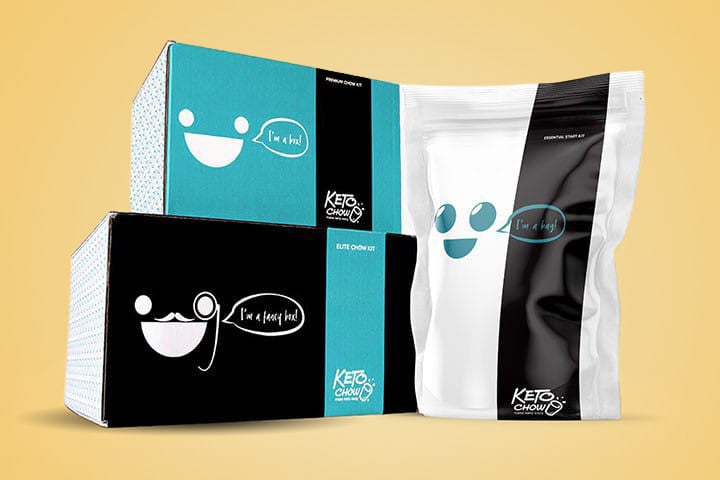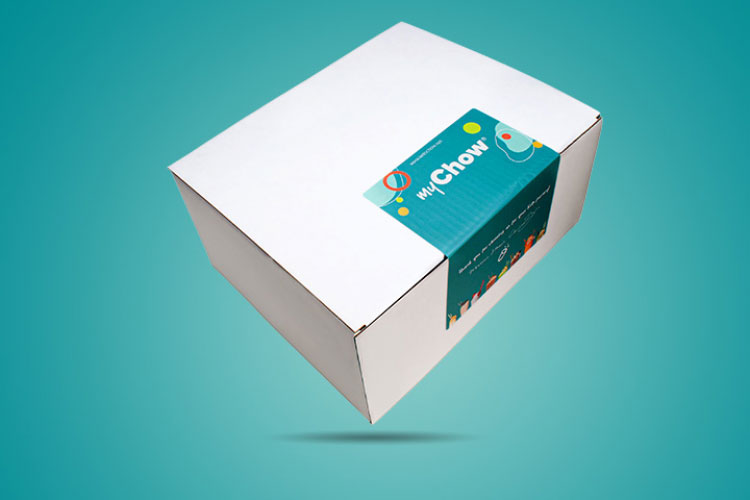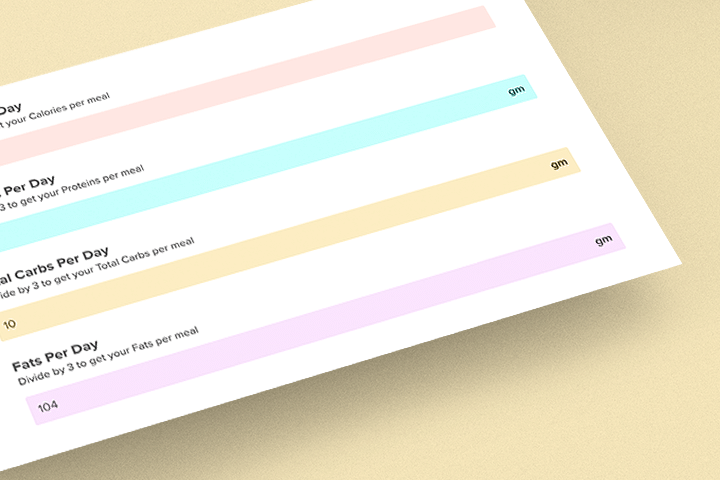Research indicates that some percentage of people who try keto for epilepsy will experience total seizure resolution, some will have greater than 90 percent reduction, and some will experience greater than 50 percent reduction. So even if seizures persist and aren’t completely prevented, they are often less frequent and less severe.
Did you know that the keto diet was originally created as a treatment for epilepsy? That’s right: the diet that’s now best known for weight loss started out as a dietary therapy for children with seizures. It’s still used for this purpose today, among children as well as adults, but it’s implemented a bit differently from how it was done in those early days.
Let’s take a closer look at keto for epilepsy and other seizure disorders.
- Origins of the Keto Diet
- Problems With Early Keto
- How Effective is Keto for Epilepsy?
- Keto Fell Out of Favor
- How Does Keto Work for Epilepsy?
- Variations on Keto for Epilepsy
- Keto for Epilepsy is Different Than Keto for Weight Loss
- Get Professional Guidance
- Spotlight on the Charlie Foundation
- Bottom Line
- Looking for a low-carb meal that tastes like dessert?
Origins of the Keto Diet

It was recognized as far back as ancient Greece that fasting was helpful for reducing the frequency and severity of seizures, or for preventing them altogether. But no matter how effective fasting is, eventually you need to eat.
The ketogenic diet as we recognize it today was developed at the Mayo Clinic in the 1920s when doctors were trying to find a way to reproduce the effects of fasting while allowing someone to be able to eat. They noted that levels of ketones were higher in people who were fasting or consuming diets very low in carbohydrate and high in fat.
Presuming that the ketones were responsible for the anti-seizure effects, they proposed using a ketogenic diet – a diet that helped the body to generate ketones – as a treatment for epilepsy. (The phrase “ketogenic diet” was coined by Mayo Clinic’s Dr. Russell Wilder.)
Today, keto is still sometimes referred to as a fasting-mimicking diet, precisely because it induces many of the same effects of fasting even when you’re eating.
Problems With Early Keto

Many of the concerns raised about keto diets today have their origins in the early days of keto for epilepsy. It was an emerging frontier for research at that time and they lacked some of the knowledge we have now.
Doctors and researchers weren’t certain which aspects of the diet were responsible for the anti-seizure effects, so the diet was much stricter than it typically is now. For example, in addition to carbohydrate restriction, children were often fluid restricted, meaning their water intake was limited, and protein was restricted as well. Some families were also advised to fast their child for multiple days before starting the diet.
As a result, children following ketogenic diets experienced growth stunting, kidney stones, and other adverse effects. However, the more liberal approach to keto that’s employed now – along with better overall medical management – means that these issues are no longer a major concern.
How Effective is Keto for Epilepsy?

A 1972 textbook written by a doctor at Johns Hopkins Hospital reported that among a thousand children with epilepsy who followed a keto diet, approximately 52 percent had complete control of seizures and 27 percent had improved control. So, not a hundred percent, but keto was undeniably effective for many.
The same can be said of keto for epilepsy now, over fifty years later. In a personal communication with me, Dr. Eric Kosoff – one of the world’s leading experts in keto for epilepsy – said that approximately fifty percent of children with epilepsy do not have improvement in their seizures with a ketogenic diet.
It’s disappointing that about half the people who try keto don’t experience an improvement, but that means that the other half do improve, which is highly encouraging, considering the effect of epilepsy on someone’s quality of life, not to mention the intolerable side-effects of some of the commonly used medications.
Plus, research indicates that some percentage of people who try keto for epilepsy will experience total seizure resolution, some will have greater than 90 percent reduction, and some will experience greater than 50 percent reduction. So even if seizures persist and aren’t completely prevented, they are often less frequent and less severe.
Keto Fell Out of Favor

Ketogenic diets for epilepsy began to fall by the wayside when anti-epileptic drugs started being developed. After all, the diet at that time was very strict and difficult to follow, so why would anyone choose to do that when they could take a drug instead, and eat a more “normal” diet?
The problem with the pharmaceutical approach is that the drugs are not effective for everyone. Some people choose to follow a ketogenic diet for epilepsy specifically for this reason – their seizures either don’t respond to drug treatment, or they have better seizure control when following a keto diet alongside the meds. (As much as 30 percent of children with epilepsy don’t respond to medication.)
How Does Keto Work for Epilepsy?

Okay, so keto is effective for at least some proportion of people with epilepsy and other seizure disorders. But why? What is the keto diet doing that results in total prevention or a substantial reduction in seizures?
It’s not known for certain which particular aspect of a ketogenic diet is responsible for the anti-seizure effects. Multiple potential mechanisms have been proposed, and it’s likely that different mechanisms are responsible for seizure reduction or prevention in different people, and there may be synergies between the different mechanisms.
Here are just a few of them:
1. The ketones themselves
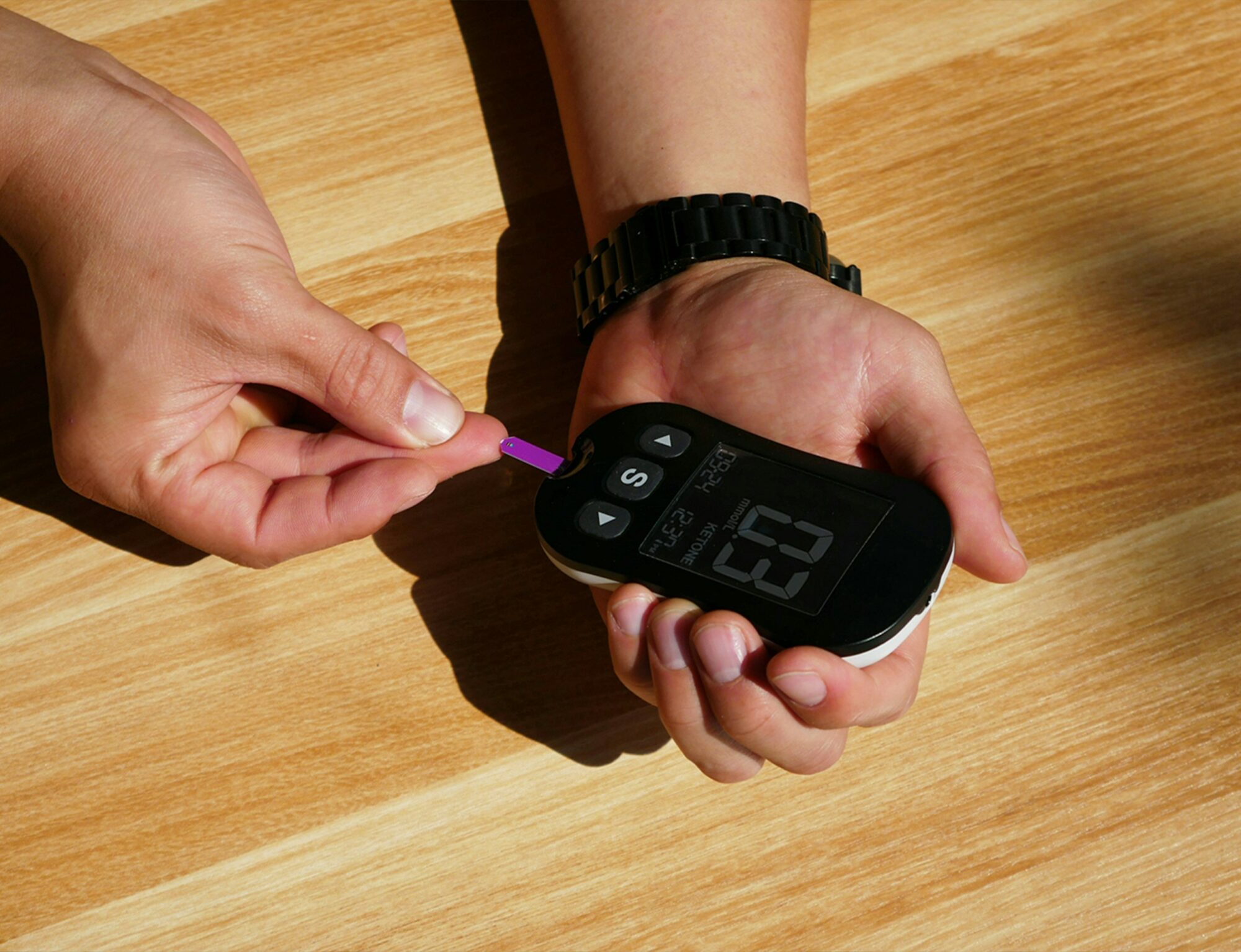
There might be something unique to ketones that helps to stabilize the brain and facilitate proper neuronal signaling. However, blood levels of the ketone beta-hydroxybutyrate do not have a consistent correlation with better seizure control – meaning, higher ketones don’t automatically result in fewer seizures.
(It’s possible that the level of ketones in the brain may be different from the blood concentration, though, since the brain can actually generate some of its own ketones.)
2. Stable blood sugar and insulin

Large, rapid fluctuations in blood glucose or insulin can trigger migraines, and many migraineurs use keto diets to reduce or prevent migraines. There’s a surprising amount of overlap between seizures and migraines, so it’s possible that the stable blood sugar and insulin levels facilitated by a keto diet play a role in preventing seizures.
3. Maintaining proper neuronal membrane potential

Fluctuations in blood sugar can trigger electrolyte shifts in the brain, especially sodium and potassium. This is believed to be one of the major mechanisms causing migraines, so it’s possible the same could be said for some types of seizures. (Electrolyte shifts can happen for other reasons apart from changes in glucose and insulin, though.)
Healthy neuronal function depends on maintenance of the proper electrochemical gradient across the neuronal cell membrane. Ketogenic diets may help to facilitate maintenance of this gradient.
4. Increased GABA

GABA is short for gamma-aminobutyric acid, which is the body’s main inhibitory (or “calming”) neurotransmitter. Keto diets may increase GABA synthesis, which could potentially decrease seizures.
Variations on Keto for Epilepsy

There are several different kinds of ketogenic diets used for epilepsy. Some people need to follow an ultra-strict keto diet while others experience significant improvement while following more relaxed lower-carb approaches.
The “classical” ketogenic diet as implemented for epilepsy is a 4:1 or 3:1 ratio of fat to carbs and protein combined – meaning, 1 gram of fat and protein together for every 3 or 4 grams of fat. This can be difficult to maintain owing to it being so restrictive (the diet ends up being about 90 percent fat!), but with the proper resources and support, many children are thriving, seizure-free, thanks to this approach.
(Epilepsy experts note, however, that lower ratios – like 2.5:1 – have been tested and “have equivalent efficacy and better tolerability,” at least in some patients.)
Possible Variations

Another variation – the Modified Atkins Diet (MAD) – is also very low in carbs but allows for more protein. It’s up to 25 percent of calories from protein, 70 percent from fat, and 5 percent from carbs, which can be easier to maintain compared to classical keto.
The development of medium-chain triglyceride (MCT) oil led to the MCT-ketogenic diet, which includes a higher carb percentage: it’s as high as 20 percent carbs, 10 percent protein, and 70 percent fat. A more generous carb intake is allowed because using MCT oil as a significant portion of the fat intake will lead to elevated ketones even in the presence of more carbs.
The low-glycemic diet is the most generous approach, allowing for as much as 27 percent of calories from carbs, 28 percent from protein, and just 45 percent from fat. Since some people with epilepsy respond well to this approach, this indicates that being in ketosis isn’t required for everyone.
The fact that some people with epilepsy respond to a low-glycemic diet suggests that for a subset of patients, it may be the more stable blood sugar and insulin levels that are responsible for reducing or preventing seizures, since they would be unlikely to be in ketosis eating more than 25 percent of their calories from carbs.
(This guide from the Charlie Foundation is an excellent overview of the different variations on keto for epilepsy.)
Keto for Epilepsy is Different Than Keto for Weight Loss
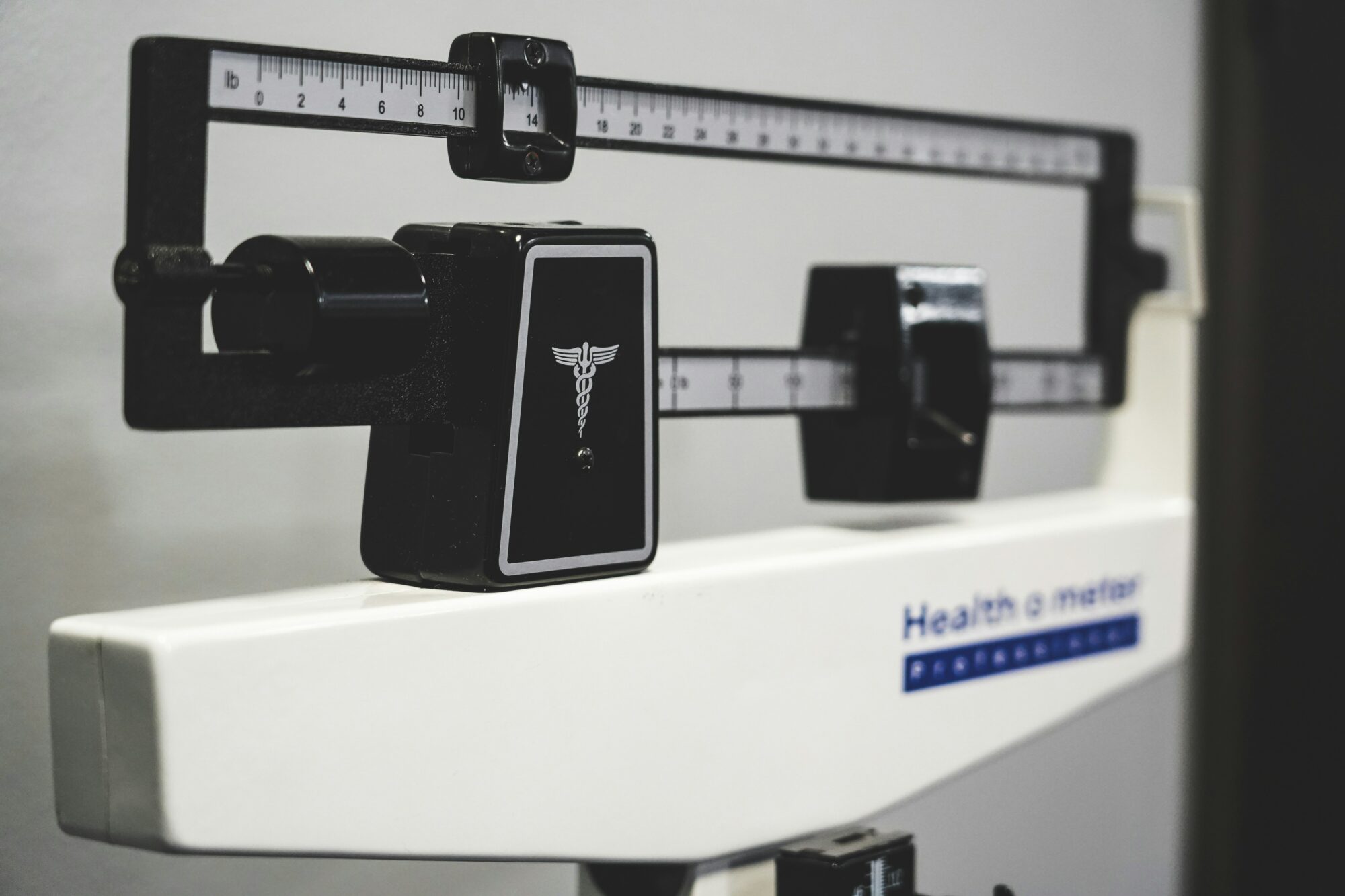
Keto for epilepsy often needs to be much stricter than the more flexible approaches that might work for weight loss or even for reversing type 2 diabetes. For the purpose of correcting chronically high blood sugar and insulin, it’s often enough to just cut way back on carbs without calculating macros or paying much attention to the exact amount of protein or fat being consumed.
As mentioned above, that kind of relaxed approach can work for some people with epilepsy but it’s more likely that things need to be managed more closely when using keto for seizure control. For someone with epilepsy, getting complacent with carb intake could result in a seizure, as opposed to using keto for weight loss and just hanging onto an extra pound or two of water after a “cheat meal.”
Get Professional Guidance

If you’re looking to implement a ketogenic diet for epilepsy, or to get help with one you’re already following for this purpose, don’t rely on social media. It’s critical that you get personalized guidance from a trained professional.
A lot of keto recipes online won’t be suitable for a strict 3:1 or 4:1 keto diet, but an experienced professional can point you toward resources that are more appropriate. Some will even be able to guide you in creating keto diets for tube feeding and liquid meals, since some children with epilepsy may have difficulty chewing or swallowing and might need this more specialized approach to keto.
The Charlie Foundation has a list of dietitians and international hospital centers that specialize in keto for seizure disorders and other serious medical conditions.
Spotlight on the Charlie Foundation

The Charlie Foundation for Ketogenic Therapies is one of the top resources for learning about keto for epilepsy and finding resources. It was created by the family of Charlie Abrahams, who used a ketogenic diet to help Charlie become completely seizure-free after being unsuccessful with numerous medications and even being cautioned against keto by doctors at first.
(Now a grown man, Charlie no longer needs the keto diet and has remained seizure-free for decades. Similar effects have been reported in other people with seizure disorders – that after following a ketogenic diet for some period of time, they are able to stop the diet and the seizures don’t return. So there appears to be something about the ketogenic diet, at least for some people, that actually alters the course of these conditions permanently rather than only affecting the acute symptoms.)
Keto for epilepsy was made much more popular after the Abrahams family’s story was told in the 1997 movie First Do No Harm, starring Meryl Streep.
The foundation sponsors research and outreach and has a library of resources for professionals and affected families.
People all over the world can connect with the Charlie Foundation for help, but people in the UK, New Zealand, or the Netherlands may prefer to work with Matthew’s Friends, a similar organization based in the UK.
Bottom Line

Ketogenic diets were originally developed as non-pharmaceutical treatments for epilepsy and they are still used for that purpose today. Not everyone with epilepsy or other seizure disorders will respond to a ketogenic diet, but it is worth trying for people who aren’t having success with medication or when medication side-effects become unmanageable.
Some people need the strictest form of keto in order to reduce or prevent seizures but others may be successful with a more relaxed approach, like the modified Atkins diet or an MCT keto diet, where greater amounts of carbs, protein, or both, can be consumed without affecting the efficacy of the diet.
For those who need the most restrictive form of keto to get the best results, it’s important to have professional guidance to ensure adequate nutrition and to safely manage changes to medication.
If you want to dig extra-deep into the science on this topic, consider reading Ketogenic Diet Therapies for Epilepsy and Other Conditions by Dr. Kosoff and co-authors.
Looking for a low-carb meal that tastes like dessert?

Then check out Keto Chow! Keto Chow is a keto-friendly shake mix with 1/3 of your daily recommended nutrients. It only takes seconds to make, so you can skip the hours of meal prepping. Plus, it comes in over 30 delicious flavors.


